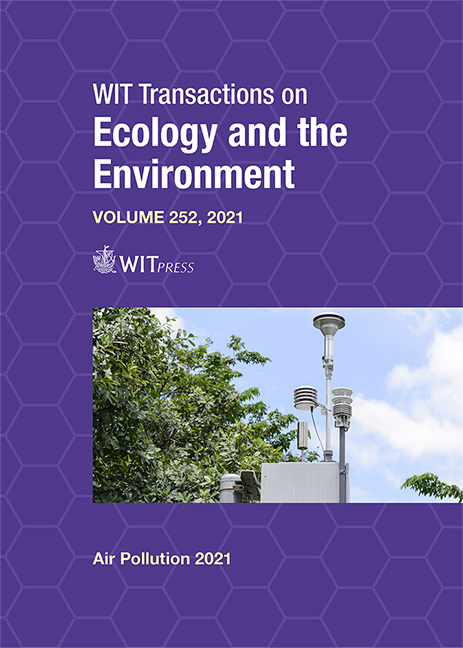EFFECTS OF AEROSOLS FEEDBACKS IN MODELING METEOROLOGY AND AIR QUALITY IN THE ANDEAN REGION OF SOUTHERN ECUADOR
Price
Free (open access)
Transaction
Volume
252
Pages
12
Page Range
39 - 50
Published
2021
Paper DOI
10.2495/AIR210041
Copyright
Author(s)
RENE PARRA
Abstract
Feedbacks are essential in atmospheric modeling. In this arena, aerosols promote direct and indirect effects. Direct effects are related to the scattering and absorption of solar radiation. Indirect effects correspond to cloud formation and cloud properties, which change the vertical temperature profile, relative humidity, and atmospheric stability. Modeling with direct and indirect effects should improve numerical performance based on a more detailed description of interactions. Benefits for air quality modeling were identified in the city Cuenca (Andean region of Southern Ecuador, 2,500 masl) when working with direct effects, compared to modeling without aerosols feedbacks. These benefits created expectations about the potential improvement when including direct and indirect effects. Therefore, we used the Weather Research and Forecasting with Chemistry Version 3.2 (WRF-Chem 3.2) model to assess aerosols feedbacks in modeling the meteorology and transport of air pollutants in Cuenca during September 2014. We considered the following scenarios: (1) No aerosols interaction (NI), (2) direct effects (DE), and (3) direct and indirect effects (DIE). Records were considered positive modeled if the maximum deviation between observed and modeled values agreed with prescribed accuracies (100% means all the records were captured by modeling). The NI scenario captured 82.7, 74.8, and 75.6% of short-term air quality, long-term air quality, and meteorological records. The DE scenario kept the performance for short-term (82.7%) and long-term (74.8%) air quality and increased to 76.2% for meteorological records. However, the DIE scenario decreased to 75.3% for short-term air quality, although it increased to 76.8% for meteorology. The inclusion of indirect feedbacks decreased the PM2.5 modeling performance. WRF-Chem allows selecting numerous physics and scheme options that need to be assessed to identify a suitable combination for each region. Results can be notably affected by the selected parameters. Other aerosols schemes, alternatives for generating initial and boundary conditions, data assimilation, and updated emission inventories need to be assessed as components directly involved in modeling performance.
Keywords
WRF-Chem, Cuenca, modeling performance, direct effects, indirect effects





